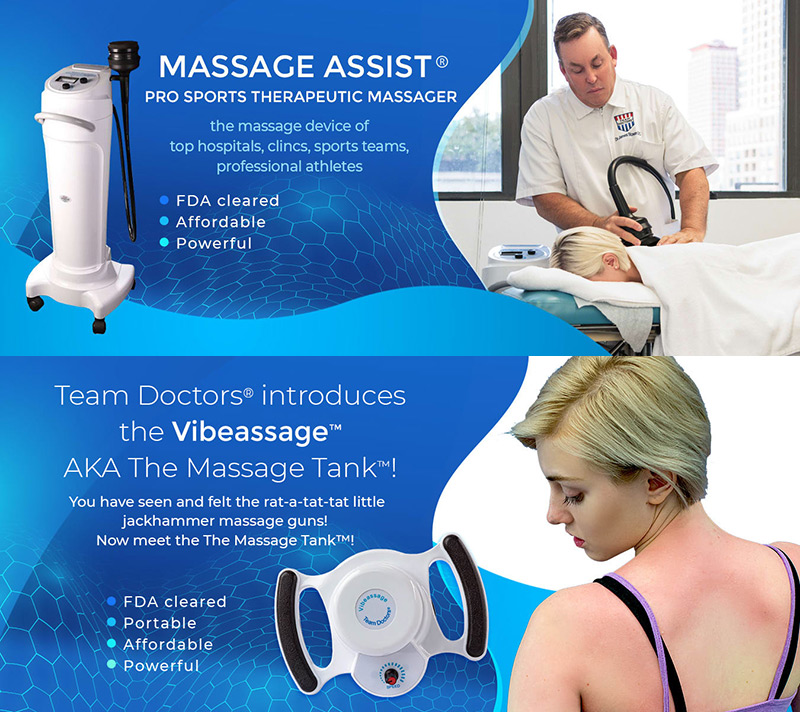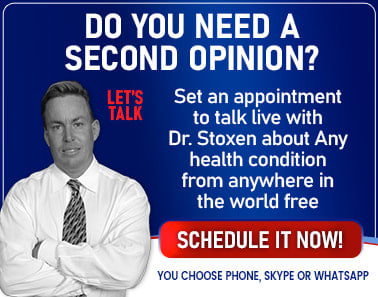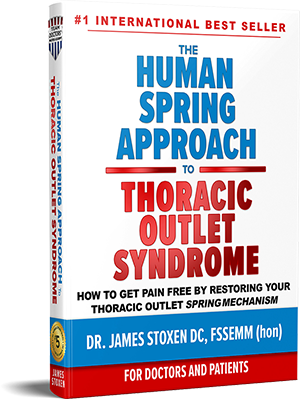note: please allow video to load, then click start for smoother viewing
The Human Spring Mechanism is important for walking, jogging, running and movement of any kind.
The Human Spring protects you from the impacts of the landings. By preserving the Human Spring we protect ourselves from those impacts.
The Human Spring also recycles energy. To explain this further think of a spring. It changes it’s physical shape during the spring down or deformation process, stores energy and then releases or recycles that energy back to the body.
The human foot does that as well. It stores the energy in the elastic bands of the muscles in the leg as well as through the arch of the foot itself during the planting of the foot and push-off.
What we will try to do is release that spring so it can be more effective.
I am going to demonstrated how you can stretch your toes. You can do this everyday especially when you get home from walking all day in high heel shoes.
- First you grab a hold of the side of your big toe.
- Then grab your small toe with your other hand.
- Lastly separate them to stretch your toes.
- After you do that you move on to the next two toes and separate the second toe and fourth toe.
- This will reverse the effect of the narrowing of the feet from wearing pointy shoes or shoes that might be too tight.
(In basic terms, a neuroma is an enlargement or thickening of a nerve in the foot in the area between the toes, Morton’s neuromas occur most commonly in women who are between 30 to 50 years old, often due to poor-fitting shoes.)
click here to go to the next self-help video tutorial #86
Visit the Morton’s Neuroma Forum click here
Like this article? We will send the next one to you.
Register for our updates below:
Disclaimer
All content on teamdoctorsblog.com, including without limitation text, graphics, images, advertisements, videos, and links (“Content”) are for informational purposes only. The Content is not intended to be a substitute for professional medical treatment, advice, or diagnosis. Please remember to always seek the advice of a qualified physician or health professional with any questions you may have regarding any medical concerns. Dr James Stoxen DC and Team Doctors does not recommend or endorse any specific treatments, physicians, products, opinions, research, tests, or other information it mentions. Said Content is also not intended to be a substitute for professional legal or financial advice. Reliance on any information provided by Team Doctors is solely at your own risk.
Contraindications:
There are times when you should refrain from massage or deep tissue massage because it may adversely affect a health condition.
Contraindication is the medical term for these conditions. “Contra” means against, as in contrary, and indications are things that tell you what to do one way or the other. Therefore, contraindications are things that are telling you not to do something.
- Fever: When you have a fever, your body is trying to isolate and expel an invader of some kind. Massage increases overall circulation and could therefore work against your body’s natural defenses.
- Inflammation: Massage can further irritate an area of inflammation, so you should not administer it. Inflamed conditions include anything that ends in itis, such as phlebitis (inflammation of a vein), dermatitis (inflammation of the skin), arthritis(inflammation of the joints), and so on. In the case of localized problems, you can still massage around them, however, avoiding the inflammation itself.
- High blood pressure: High blood pressure means excessive pressure against blood vessel walls. Massage affects the blood vessels, and so people with high blood pressure or a heart condition should receive light, sedating massages, if at all.
- Infectious diseases: Massage is not a good idea for someone coming down with the flu or diphtheria, for example, and to make matters worse, you expose yourself to the virus as well.
- Hernia: Hernias are protrusions of part of an organ (such as the intestines) through a muscular wall. It’s not a good idea to try to push these organs back inside. Surgery works better.
- Osteoporosis: Elderly people with a severe stoop to the shoulders often have this condition, in which bones become porous, brittle, and fragile. Massage may be too intense for this condition.
- Varicose veins: Massage directly over varicose veins can worsen the problem. However, if you apply a very light massage next to the problem, always in a direction toward the heart, it can be very beneficial.
- Broken bones: Stay away from an area of mending bones. A little light massage to the surrounding areas, though, can improve circulation and be quite helpful.
- Skin problems: You should avoid anything that looks like it shouldn’t be there, such as rashes, wounds, bruises, burns, boils, and blisters, for example. Usually these problems are local, so you can still massage in other areas.
- Cancer: Cancer can spread through the lymphatic system, and because massage increases lymphatic circulation, it may potentially spread the disease as well. Simple, caring touch is fine, but massage strokes that stimulate circulation are not.Always check with a doctor first.
- Other conditions and diseases: Diabetes, asthma, and other serious conditions each has its own precautions, seek a doctor’s opinion before administering massage.
- Pregnancy: No deep tissue work. Be aware: danger of triggering a miscarriage by strong myofascial work is greatest during the first 3 months (especially through work around the pelvis, abdomen, adductors, medial legs, or feet)






